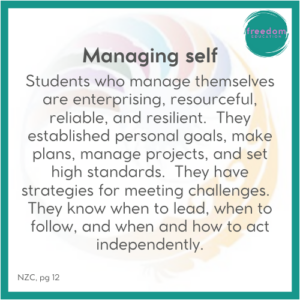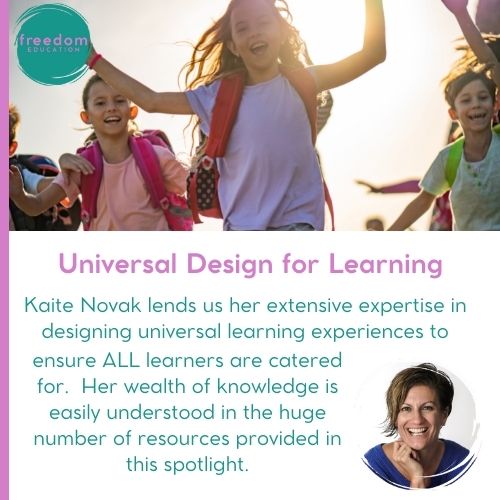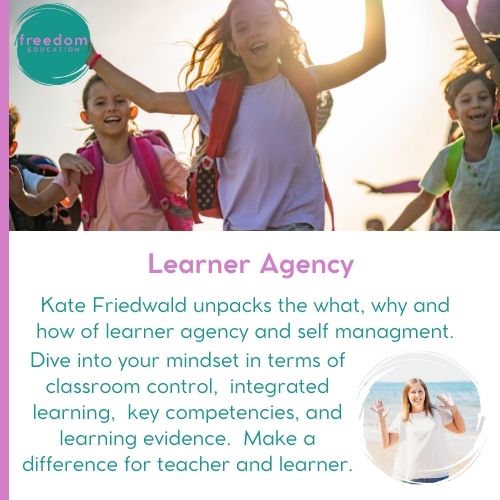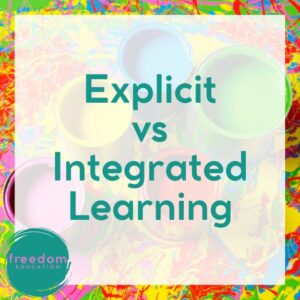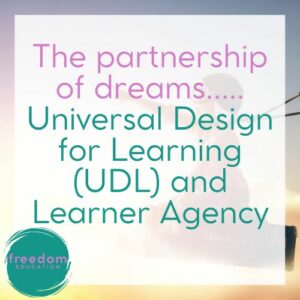
The partnership of dreams…..Universal Design for Learning (UDL) and Learner Agency.
As educators we can spend a tonne of time adapting and altering our learning programme to meet the varying array of learning needs amongst our learners. Often we have:
- Learners that need support to access written material that matches their level of understanding.
- Learners that struggle with the physical component of writing (handwriting) but have great ideas to communicate.
- Learners who struggle to manage themselves and their learning.
- Learners who academically are “above” that of their peers
- Learners who have strong interests, beliefs and personalities.
I hope like hell that the amount of full class teaching you do is extremely minimal as we don’t teach the year level, we don’t teach the age and we don’t teach to the time of year. We teach people. We teach individuals. We teach young minds who have needs to meet. Needs that are different from one another.
It is impossible however to create 18-35 individual learning plans that meet the combination of needs, interests, abilities and passions in one class. Even the social and maturity level of learners of the same age vary drastically – which does beg the question why we adopt a horizontal year/age level in schools to begin with.
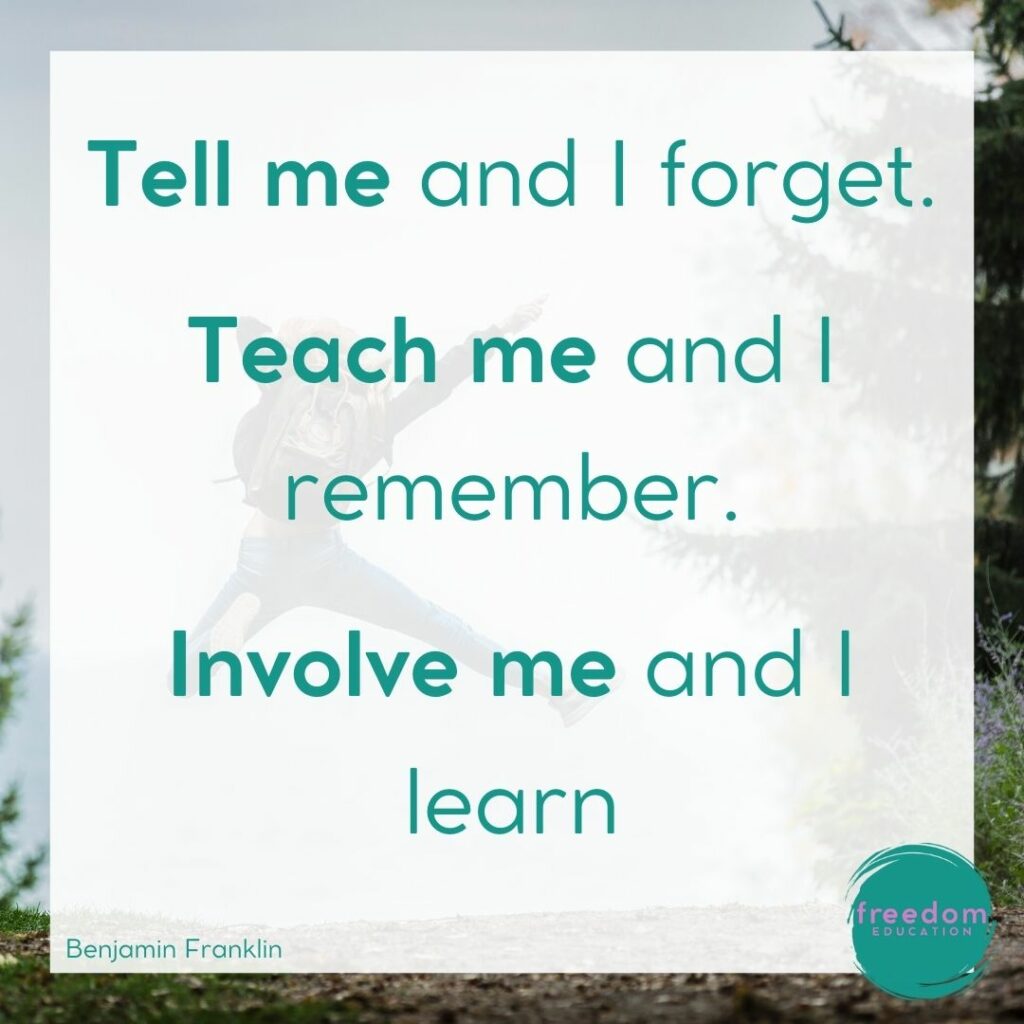
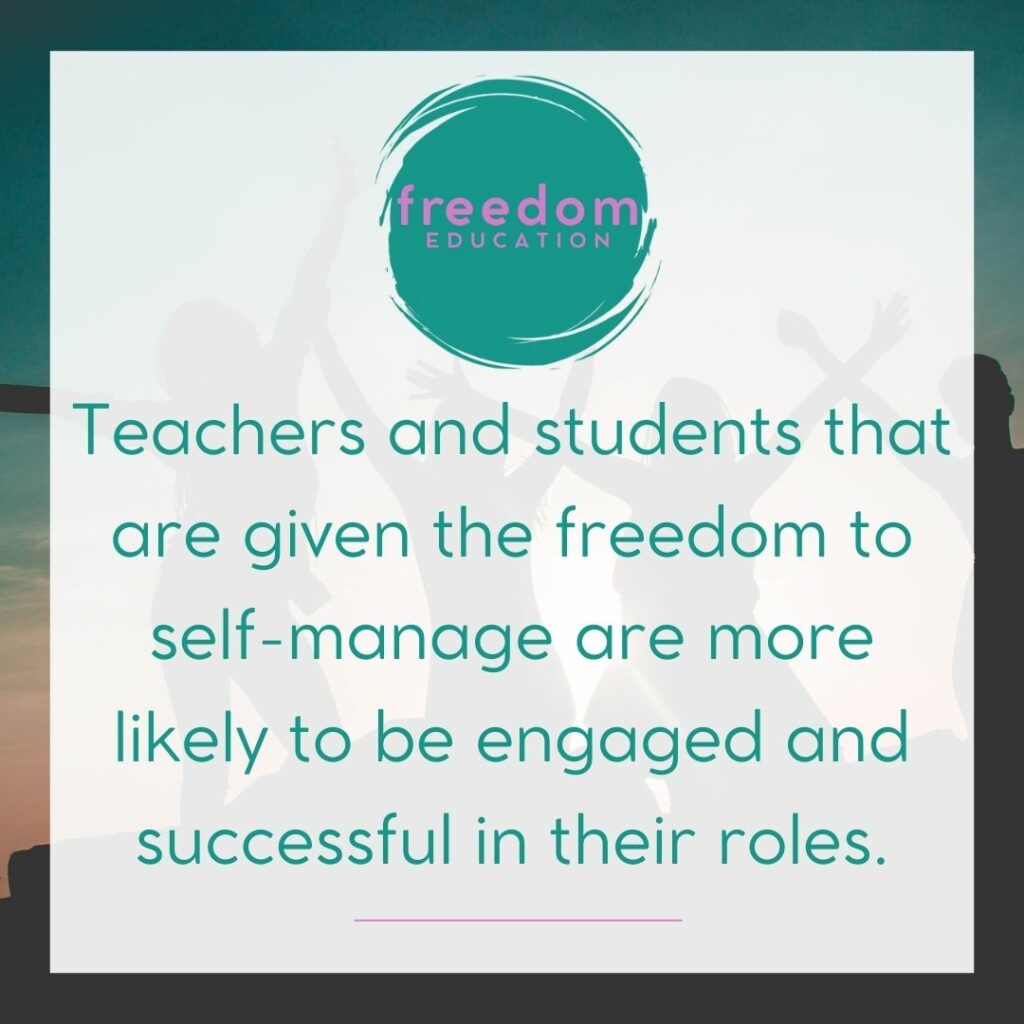
When a teacher plans learning in just one way they risk learners who cannot access the learning material, who are disengaged by the content, who are bored by the feeling of learning being too easy or who would just simply prefer to learn in a different way.
You have no doubt experienced this yourself as a learner. Ever been to a PLD session where you were bored of just listening to a facilitator talk at you? Or where you couldn’t see the slideshow very well? Or where you wanted to revisit something but were not given access? Or where you had to watch a long winded video yet you know you learn best from reading or doing?
It can be easy to think there are two options. Either you design learning one way and hope that it targets ‘most’ learners or you differentiate learning to meet each individual’s needs. There are major flaws with both of these options. Flaws that both cut out many learners or that add a crap tonne of work load for the teacher.
Enter Universal Design for Learning (UDL).
Sometimes the idea of UDL is over complicated and here at freedom we are all about making things simple. This 3min video with Dr Katie Novak explains it an such an easy to understand way using a dinner party analogy. Who doesn’t love a good dinner party.
So instead of thinking of each individual learner you as the teacher design learning that will work for all learners. This may mean providing options, multiple mediums to deliver content and choices in how/when/where learning takes place.
Some examples of this designing learning using a UDL lens could be
- Providing a text digitally where learners can read or listen to.
- Making planning available to learners so they can look back and ahead.
- Keeping resources within reach for learners so they can access at all time.
- Utilising a digital space (website, google classroom, Hapara workspace etc) where learners can access learning content in a variety of mediums.
- Offering a video, text and in person version of some learning material.
- Ensuring learners understand a number of ways to present and share their learning and allowing them this choice.
To be really effective in the use of a UDL approach learners need support to develop the self management capacity needed to effectively utilise the agency they are given. Many students either lack the ability to manage their own learning or have not been allowed the right to do so.
Enter Learner Agency.
Rather than only teach curriculum let’s teach our learners how to make learning choices for themselves. How to choose what to learn, and how to learn it.
Self Management is a key competency of the New Zealand Curriculum for a reason! Learners need this skill both to get the most out of their learning and to succeed in life. So let’s teach them.
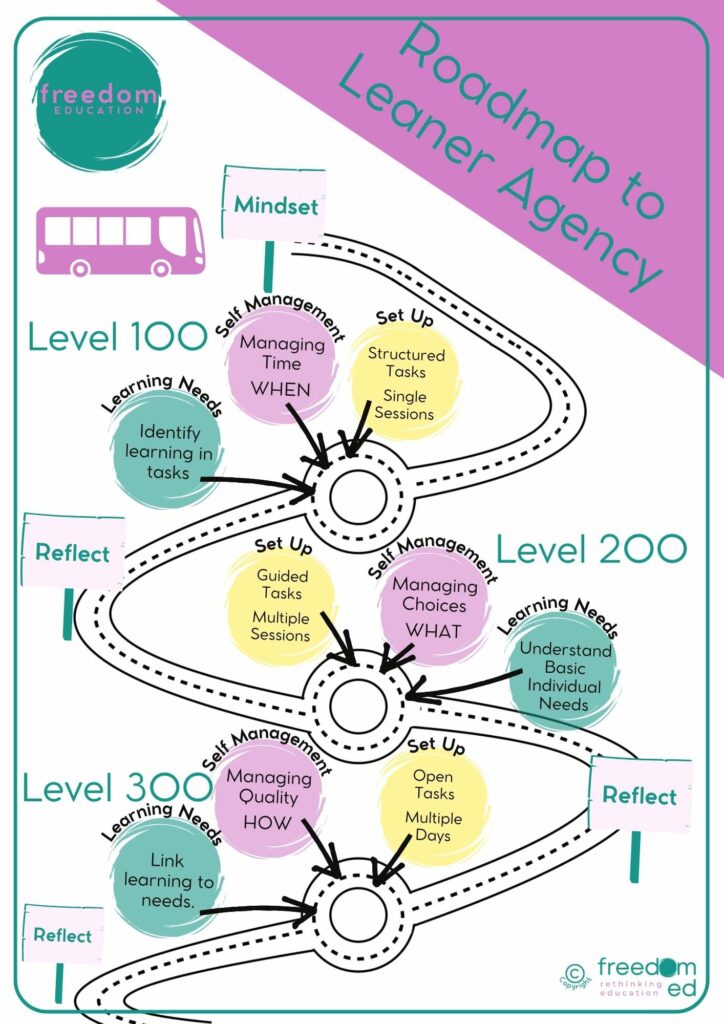
Effectively increasing learners agency is not about initiating a must do can do approach, choice boards, passion projects or genius hour. It is an educator’s job to teach learners how to manage their time, how to understand their learning needs, who they learn well from and with. Where to find learning support, ways they can practice and share their learning as well as how to create learning opportunities that suit their developing interests. Content is easy, it’s the skills to access and understand it that are important. Learning to learn.
Often we say “give them some agency” and by that we mean choice. What we really need to do is teach them how to effectively manage this agency. It is only then that we can achieve differentiation by learners designing the learning themselves. Yup – themselves!
As you can see Universal Design for Learning and Learner Agency go hand in hand. This is why freedom ed has spotlight PLD dedicated to each one. Not only that but we offer a comprehensive digital course Ditch the Tumble that supports educators to increase learner agency in a cumulative way that focuses on self management and understanding learning needs.
The goal here is to reduce teacher workload while at the same time raising learner engagement, raising targeted learning, raising key competencies and raising achievement. Win, Win, Win.

